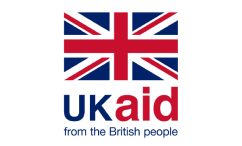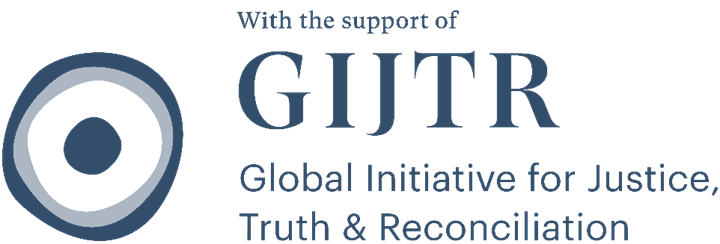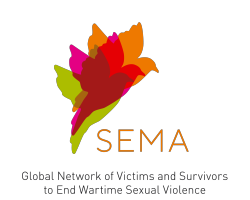...and girls, the under-representation of women in decision-making and leadership roles, the impact of discriminatory laws and their gender-based enforcement and application, harmful social norms and practices, cultural assumptions about male invulnerability to sexual violence, structural inequalities, discriminatory views on women or gender roles in society, and lack of available services for survivors all exacerbate exposure to CRSV. CRSV occurs on a continuum of sexual and gender-based violence, which impacts diverse groups of women and......Elimination of Racial Discrimination, CRSV may be a form of racial discrimination; Under the International Covenant on Civil and Political Rights and the Convention on the Elimination of Discrimination against Women, CRSV may be a manifestation of discrimination/violence against women (a group that includes girls, unless otherwise specified in the Guidebook) and/or gender-based violence; Under the Convention against Torture, CRSV may be classified as either torture and/or other cruel, inhuman or degrading treatment or punishment;......the above-mentioned forms of violence and their corresponding State obligations should be understood as including CRSV. Accordingly, different systems may impose differing obligations (in both substance and scope) on States. Such obligations, however, are not mutually exclusive: for example, States may have the obligation to prevent or respond to CRSV that amounts to racial discrimination and that simultaneously constitutes gender-based violence. Further, several frameworks (at both the regional and international level) have frequently referred to......decent work and face occupational segregation and gender wage gaps. They are too often denied access to basic education and health care. Women in all parts of the world suffer violence and discrimination. They are under-represented in political and economic decision-making processes.34 The inferior status frequently accorded to women ‘is entrenched in history, culture and tradition’, and places them at risk of ‘specific violations such as gender-based violence, trafficking and sex discrimination’.35 In conflict, sexual......children may be forced to flee their homes, some torn from their families and exposed to exploitation and abuse along the way. They risk injury and death. They may be recruited by armed forces. Especially for girls and women, the threat of gender-based violence soars.42 LGBTQI+ persons. Homophobic and transphobic attitudes, often combined with a lack of adequate legal protection against discrimination on grounds of sexual orientation, gender identity, gender expression and sex characteristics, endanger...

 EN
EN FR
FR ES
ES UK
UK



